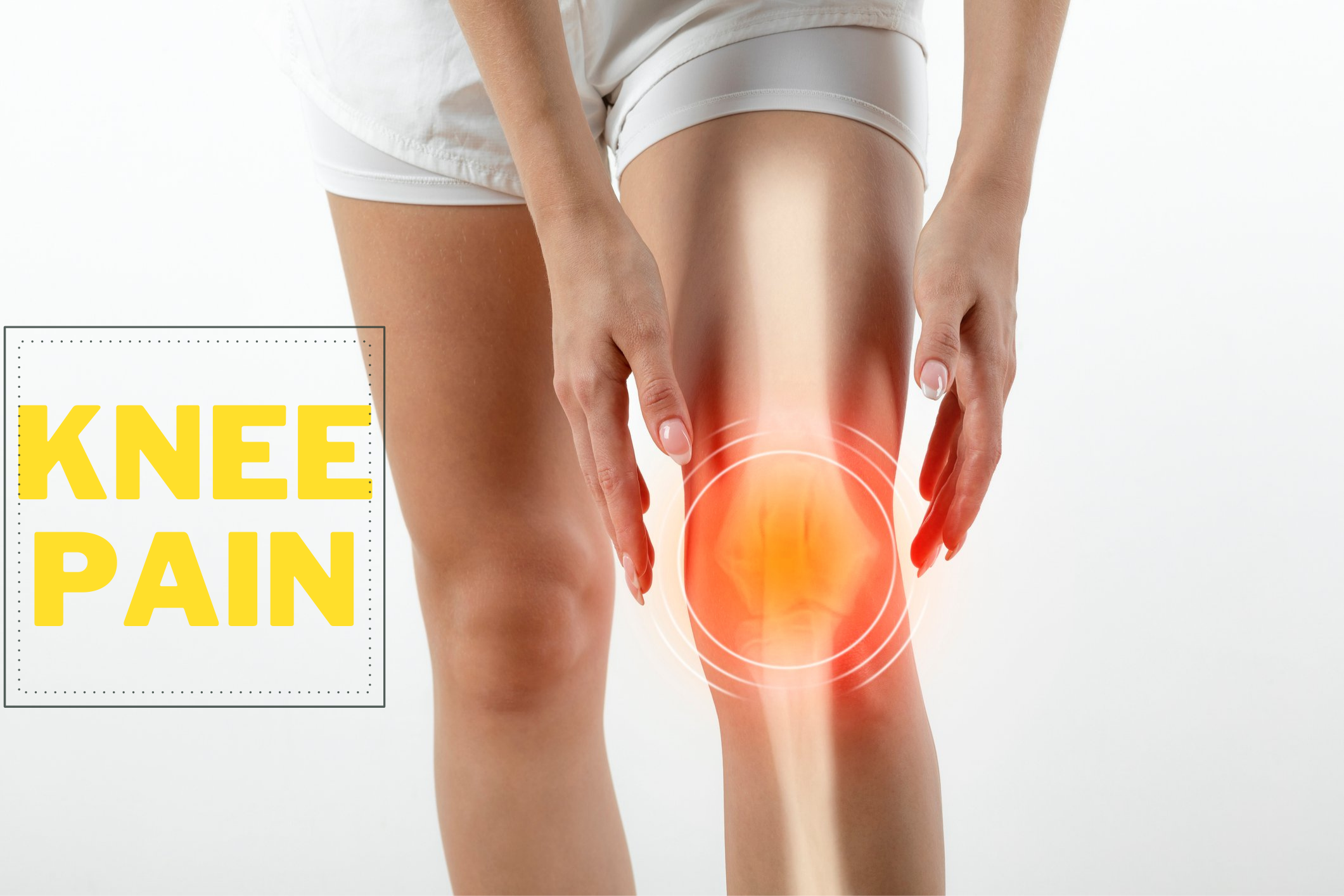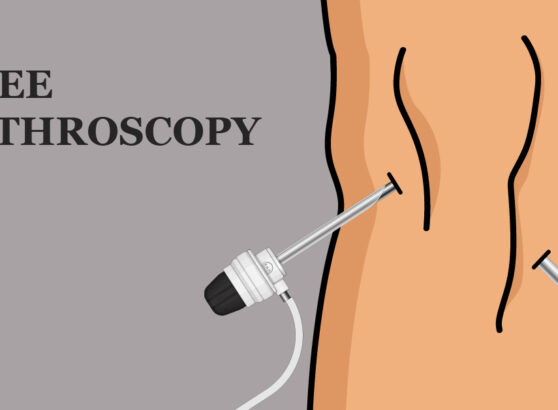In this article, we are going to talk about knee pain. Why does it happen? What are the associated symptoms of knee pain and how it is managed?
The knee joint is a very important joint of our body. It enables us to do daily tasks like walking, standing, and climbing stairs, etc.
The knee joint comprises of three bones:
- Femur bone also called the thigh bone.
- Tibia bone also called the shin bone.
- Patella bone also called the kneecap bone.
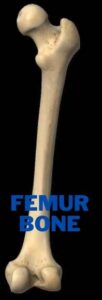
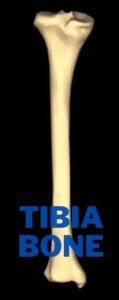
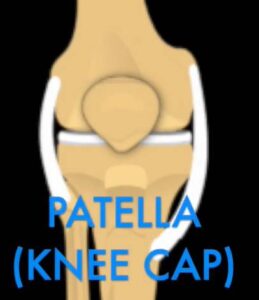
All three bones have a diffident articular surface or as you can say the different ends.
The knee joint is an incongruent surface and that’s the reason the surrounding structures like capsules, ligaments, menisci, and muscles are the supporting system for the joints for its stability.
The function of the knee joint is not only to provide mobility but also to provide stability.
Causes of Knee Pain:
The incongruent surface is the biggest reason why the knee is more prone to develop injury and pay. However, are the reasons which one can experience knee pain is due to malalignment or poor tracking of patella bone.
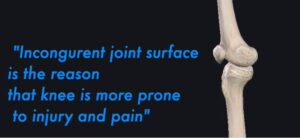
Due to tightness and weakness of the thigh muscles, due to degenerative changes in the joint also called arthritis of the joint.
Due to repeated injury and sometimes due to some systemic diseases.
Symptoms:
Some of the associated symptoms for knee pain are,
- Swelling
- Instability
- Weakness
- Stiffness
Management of Knee Pain:
The general management of knee pain usually comprises of two methods:
1. Conservative method
The conservation method generally comprised of anti-inflammatory drugs, painkillers, muscle relaxant ointments, hot and cold fermentation. Use of supportive devices like brace’s, knee caps, and physiotherapy.
Wherever the knee damages are reversible or as there is no scope of improvement.
2. Surgical method
Surgery is the last option for management, usually, knee joint pain is a long-term problem. It takes time for recovery and that’s the reason physiotherapy is a popular form of management for knee pain.
Physiotherapy management for knee pain generally comprises the use of hot and cold fermentation of electrotherapy devices like Interferential Therapy (IFT), Ultrasound, and Transcutaneous Electrical Nerve Stimulation (TENS).
Use of exercises to focus on improving mobility, strength, and flexibility of the muscles.
For further advice do reach out to your local doctor or family doctor.
Do share this blog with your friends and family!


